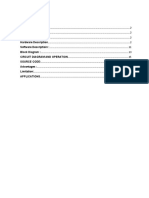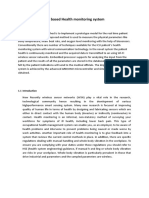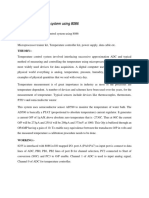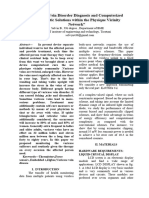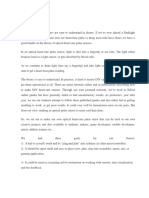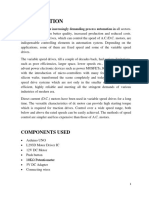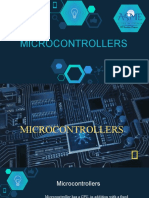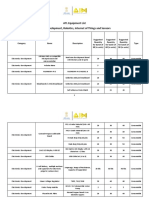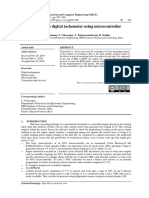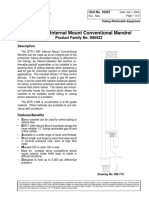0% found this document useful (0 votes)
14 views7 pagesSome Arduino Mini Component Details With Circuit
The document lists required components for a project, including the ESP8266 Node MCU, a 7.4 Volt battery, and various sensors such as the AD8232 ECG sensor and DHT11 temperature sensor. It also details additional components like a joystick, LCD display, motor driver, gear motor, and Arduino Pro Mini. Each component is briefly described along with its functionality and purpose in the project.
Uploaded by
Palash BabuCopyright
© © All Rights Reserved
We take content rights seriously. If you suspect this is your content, claim it here.
Available Formats
Download as PDF, TXT or read online on Scribd
0% found this document useful (0 votes)
14 views7 pagesSome Arduino Mini Component Details With Circuit
The document lists required components for a project, including the ESP8266 Node MCU, a 7.4 Volt battery, and various sensors such as the AD8232 ECG sensor and DHT11 temperature sensor. It also details additional components like a joystick, LCD display, motor driver, gear motor, and Arduino Pro Mini. Each component is briefly described along with its functionality and purpose in the project.
Uploaded by
Palash BabuCopyright
© © All Rights Reserved
We take content rights seriously. If you suspect this is your content, claim it here.
Available Formats
Download as PDF, TXT or read online on Scribd
/ 7











